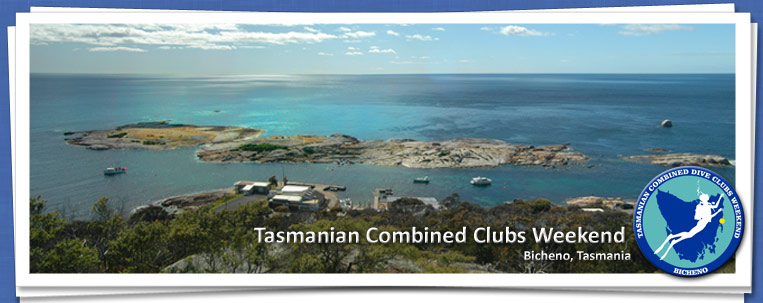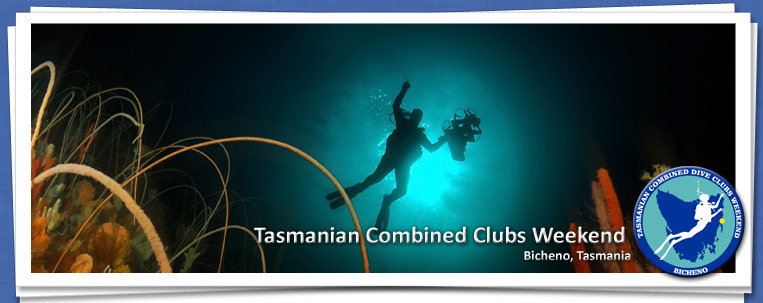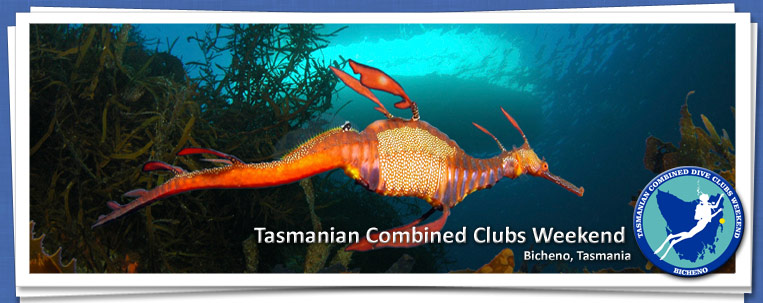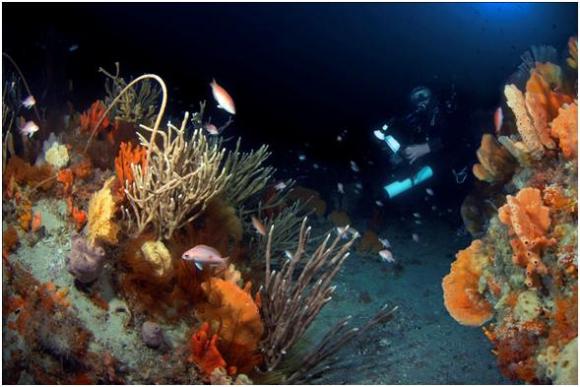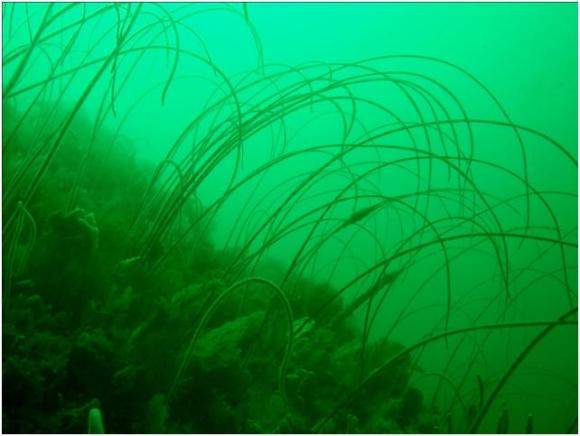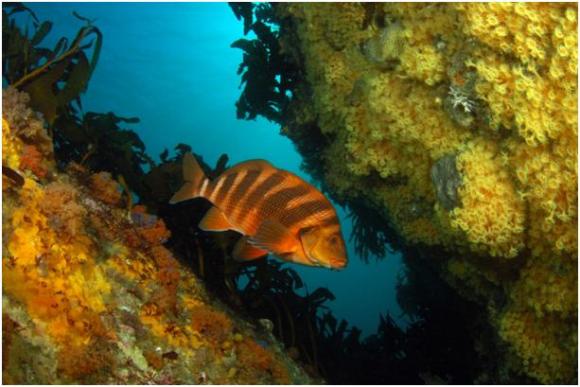Golden Bommies
Maximum Depth: 40m
Difficulty: Challenging
This challenging deeper dive, found on the eastern edge of the main rock formations, is perhaps Bicheno's most famous site. Two 10 m tall bommies lie on a sandy bottom in 40 m of water. The granite formations get their name from a spectacular covering of yellow zoanthids that give the bommies a golden glow. Both bommies are covered with sea whips, many of which are encrusted with a thick mass of jewelled anemones.
Photographers will enjoy the huge variety of invertebrate species such as nudibranchs, basket stars, sea spiders and cuttlefish that surround the rocks. Large schools of butterfly perch can usually be seen, as well as boarfish, banded morwong, trumpeter and cowfish.
